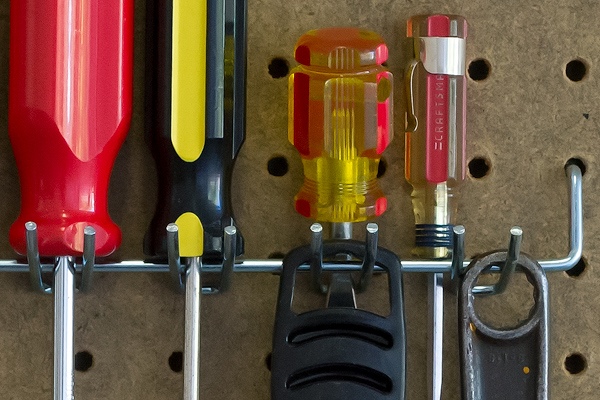I was recently in a photographic situation where high ISO was required. I was shooting with a group, and I was asked as to the highest usable ISO. My answer: it depends on several factors.
- Every camera has different high ISO liabilities. What does your camera do?
- How much noise is acceptable to you?
- What are you going to do with your images? Downsizing a file removes noise, so you can get away with a lot if all you’re going to do with the image is posting it to the Web. Making large prints, however, is another matter.
I suggested that everyone run one simple test. Mount the camera on a tripod, and shoot the exact same scene, changing the ISO by one stop between frames. Since ISO values work in straight numerical doubles, this means simply doubling the ISO number every time: 400, 800, 1600, 3200, etc. Open the resulting images, and decide for yourself what is acceptable. It doesn’t matter in the least what you actually photograph, as this is only a test. Subject matter is no big deal. You just need to know how far you can push the ISO and still get acceptable results.
Easy, right? The next day we were, as expected, in the same situation where higher ISOs were needed. I asked the group how many of them had run my suggested test, since we had known exactly what we were going to be photographing on the new day. The answer: no one, none, nobody.
Folks, you gotta take some responsibility here. You really need to run some tests, and testing some basic concepts is not difficult to do. Just shoot some comparison frames. Test IS/VR on and off, at both fast and slow shutter speeds. Test for the lowest shutter speed you can handhold and get acceptable results. Test long exposure noise reduction on and off. Test TTL fill flash settings. Don’t believe anything you read on the Web — including what I say — until you’re tested with your equipment, and your reasons for photographing, and your criteria for what is “good.”
An ISO test is so simple. And once you’re shot those frames, you now have them to use in testing noise reduction methods. Lightroom noise reduction only? Noise reduction software (since free trial versions are available)?
Like I said, it doesn’t matter what you photograph. Here’s a 1:1 crop from a shot I took in my garage. Great image, huh? But it would work fine as an ISO test. And speaking of which, just what ISO was used? Hint: the camera was my Nikon D4.


More or Less
How much of a subject should be included in the image? That’s always a compositional question: exactly where should you position the edge of the frame? When shooting with a fixed focal length lens, you really don’t have a choice unless you can physically change your location. If you’re using a zoom lens, you have an almost unlimited choice. Of course, no matter the lens you could always crop the image afterwards, but all cropping is lossy and personally I hate to throw away data.
So just how much, or how little, needs to be included? Consider these two images. Your thoughts? Is the roller too small in the frame, the elephant too tight? What do you think?
Lilac-breasted roller.
Elephant.